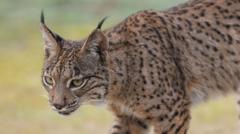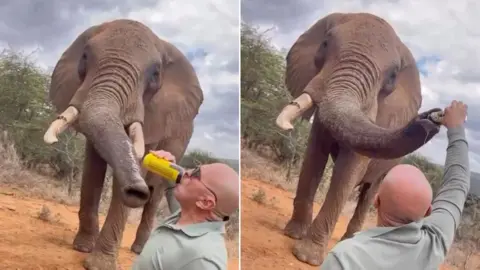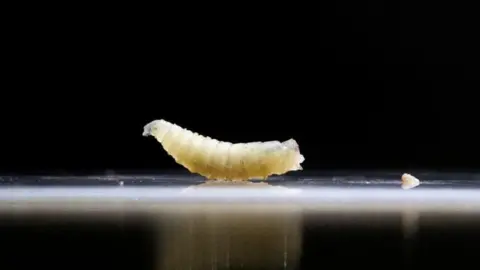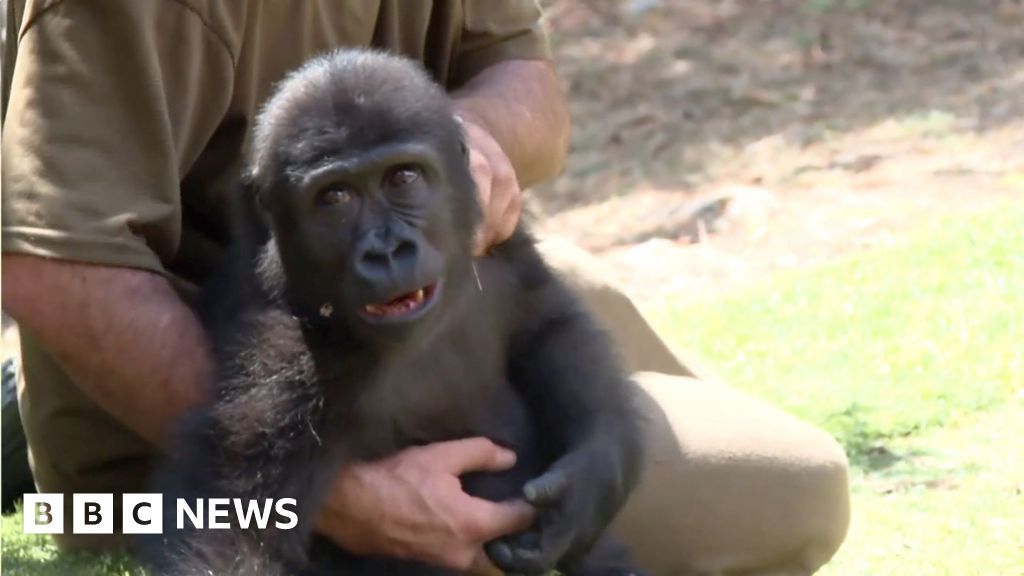The Iberian lynx is slowly reclaiming its place in the wild, evident in the recent sightings of Navarro, a male lynx, as he struts his spotted coat near a camera trap. Measuring nearly 100 cm in length and 45 cm in height, the Iberian lynx, once critically endangered, now boasts a population of over 2,000 across Spain and Portugal, a significant rise from the mere 100 individuals two decades ago.
Rodrigo Serra, a leading figure in the lynx reproduction program, recalls how the species hovered on the edge of extinction, with fewer than 100 lynxes remaining and only 25 females of breeding age. This level of threat was previously only seen in ancient feline species, like the saber-toothed tiger. Multiple factors contributed to the beetling decline, including agricultural expansion, road accidents, and pandemics that decimated the lynx's primary prey, the wild rabbit, by 95%.
The first significant step towards recovery occurred in 2005 when Portugal's last lynx vanished, coinciding with Spain's initial success in breeding lynxes in captivity. This prompted the establishment of a national conservation plan in Portugal, leading to the creation of a National Breeding Centre in Silves, Algarve, where the lynxes are continuously monitored. The dual objectives of this center are preparing the lynxes for their return to the wild and facilitating their reproduction.
Serra emphasizes the importance of acclimatizing the young lynxes. "When we notice their confidence growing, we intentionally scare them to reinforce their natural wariness of humans," he explains. This approach is essential to keep the lynxes wild and prevent them from associating humans with food.
With careful planning, the breeding program releases lynxes into the wild while carefully considering genetics to avoid inbreeding. Pedro Sarmento, responsible for reintroducing lynxes into Portugal, notes their unique physical attributes that aid their survival in the wild.
While the success of this program has brought the lynx back from the brink, it has also introduced management challenges. Releasing lynxes on private lands requires negotiations with property owners, which can sometimes spark conflict with locals due to concerns over livestock security.
One poignant example is Lítio, a lynx released multiple times before settling down, eventually fathering a healthy number of cubs. Thirty years post-initiative, the Iberian lynx is no longer classified as endangered, with hopes to reach a sustainable status by 2035, contingent on increasing wild populations to between 5,000 and 6,000.
As Serra reflects on the critical journey of the Iberian lynx, he marvels at their presence in their natural habitat: "We’ve gone from watching them disappear to capturing them on camera almost daily." Yet, the work continues as 80% of lynx-related fatalities are still due to road incidents. Nonetheless, conservationists are optimistic about the future of the Iberian lynx, believing their efforts have effectively turned the tide on extinction.




















